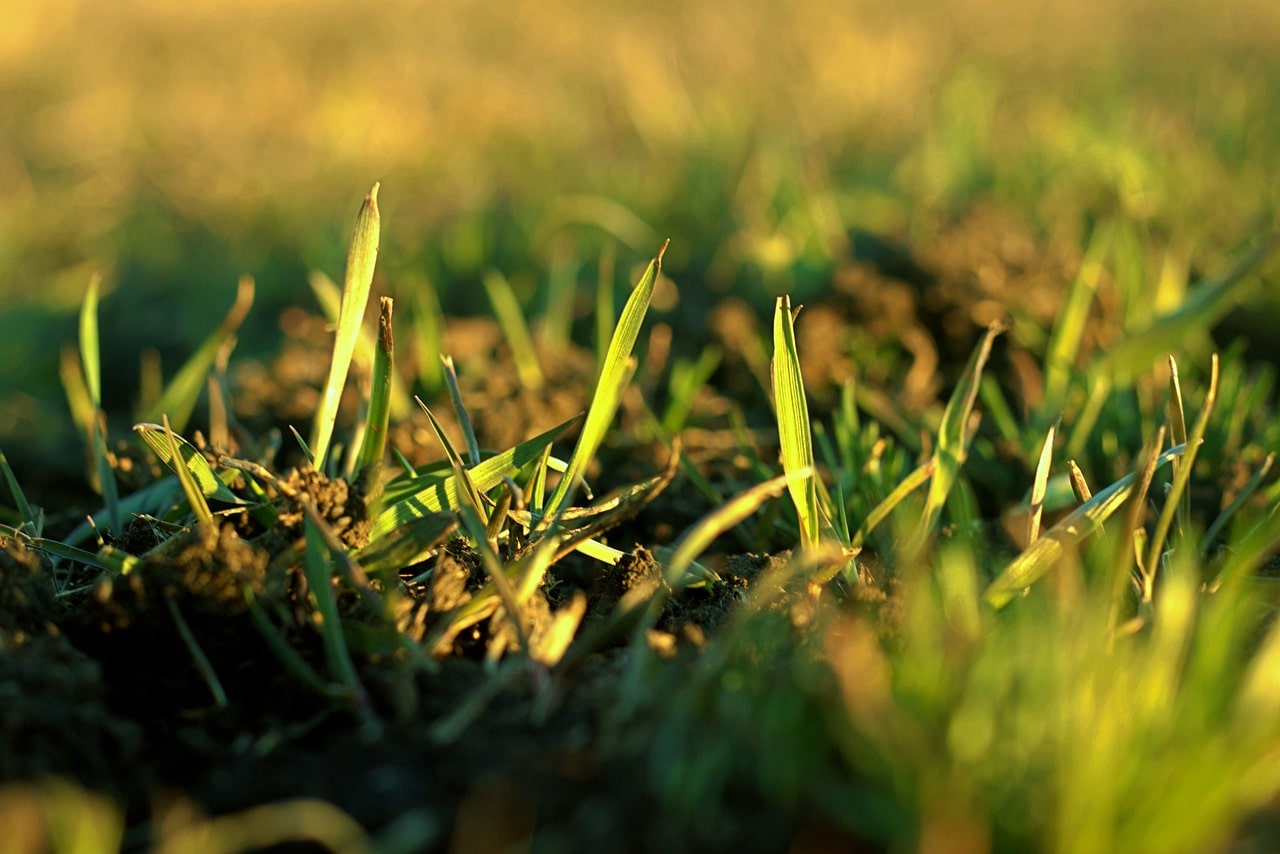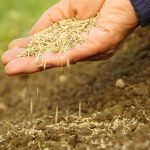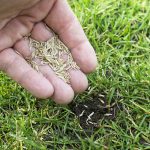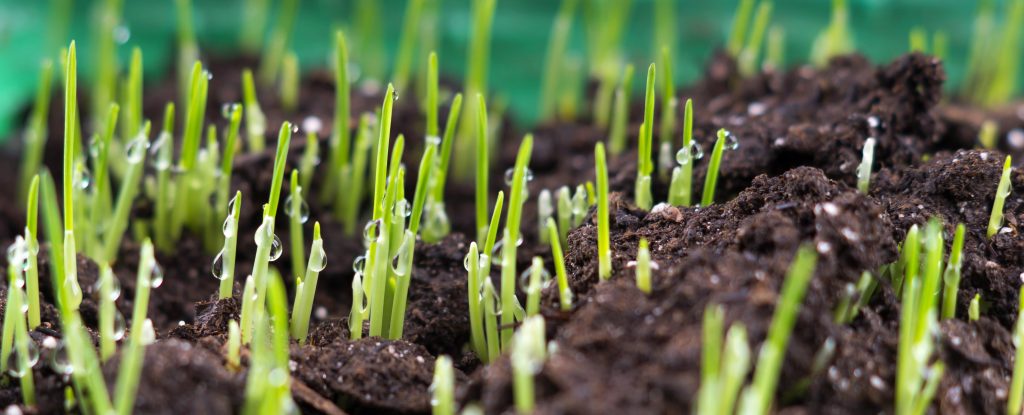Do you have a bare patch in your lawn you want to cover up?
Or are you just looking for the fastest growing grass seeds?
The type of grass seed you plant will have a big impact on how fast you’ll have a lawn you can walk on.
Here’s what you need to know when buying a fast-growing grass seed.
What type of grass grows fastest?
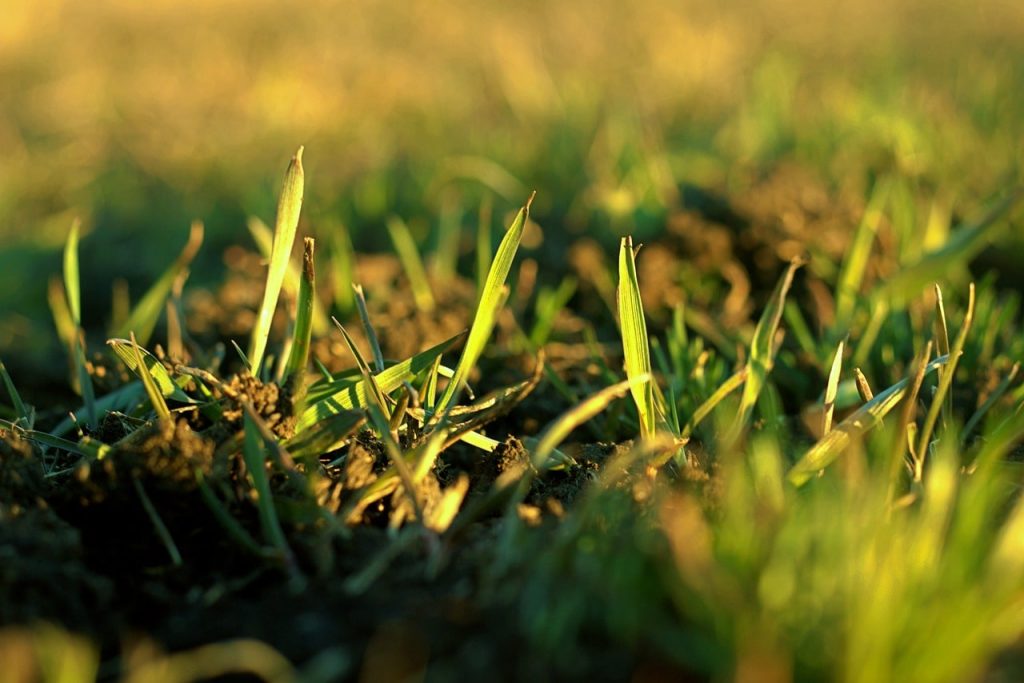
The fastest growing lawn seed is Ryegrass in the UK. It germinates in about a week, and grows very quickly.
However, the speed at which grass grows in your garden will depend on your climate, and your soil. Different grasses will grow faster in warm compared to cold climates.
Also, different soil types can affect how fast different types of grass will grow.
Fastest growing grass seed in cool climates
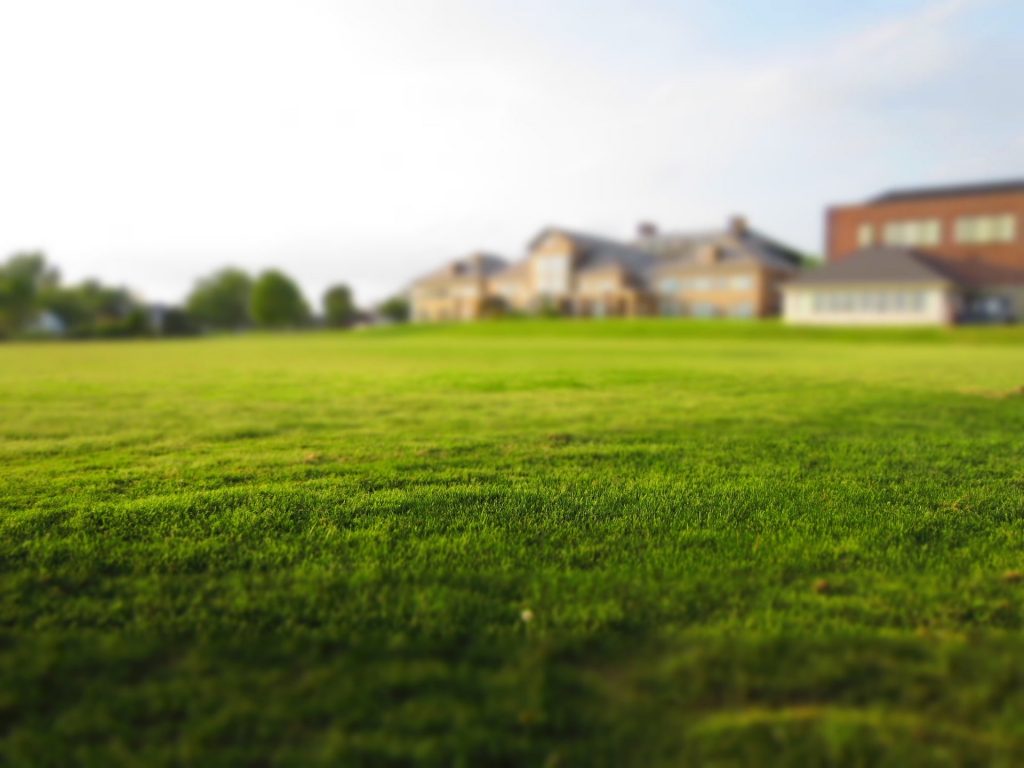
The fastest growing grass in cool climates is Ryegrass. It’s a fast-germinating, and can grow within just five to eight weeks in cold climates. This is why it’s such a popular type of grass seed in the UK.
Bluegrass seeds are another option to consider if you live in a cool climate. They normally grow within five and a half to eight weeks.
The benefit of Bluegrass is it’s generally more hard-wearing than perennial Ryegrass. However it does take a little bit longer to grow.
Fastest growing grass in warm climates
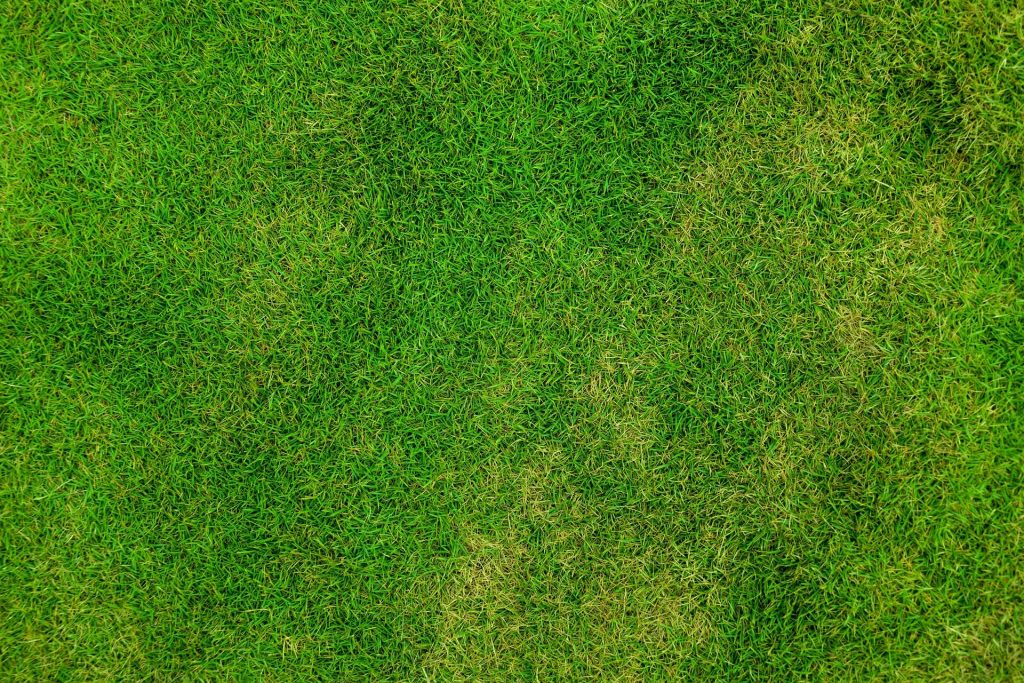
The type of grass that grows the fastest in warm climates is Bermudagrass. It grows extremely quickly in hot weather.
Provided you live somewhere warm, Bermudagrass can germinate in as little as 10 days and grow into an established lawn within 6-11 weeks after being sown.
The problem with Bermudagrass is it is unlikely to grow much at all unless the ground temperature is greater than 21 °C. It really needs warm weather to grow at all.
If you live in a warm climate that isn’t quite that warm, you could also try Centipede grass.
Centipede grass takes around 7 weeks to grow under a best-case scenario, and makes for a very low-maintenance lawn.
However, it is really only suited to acidic and sandy soils.
Fastest growing grass seed in normal soil
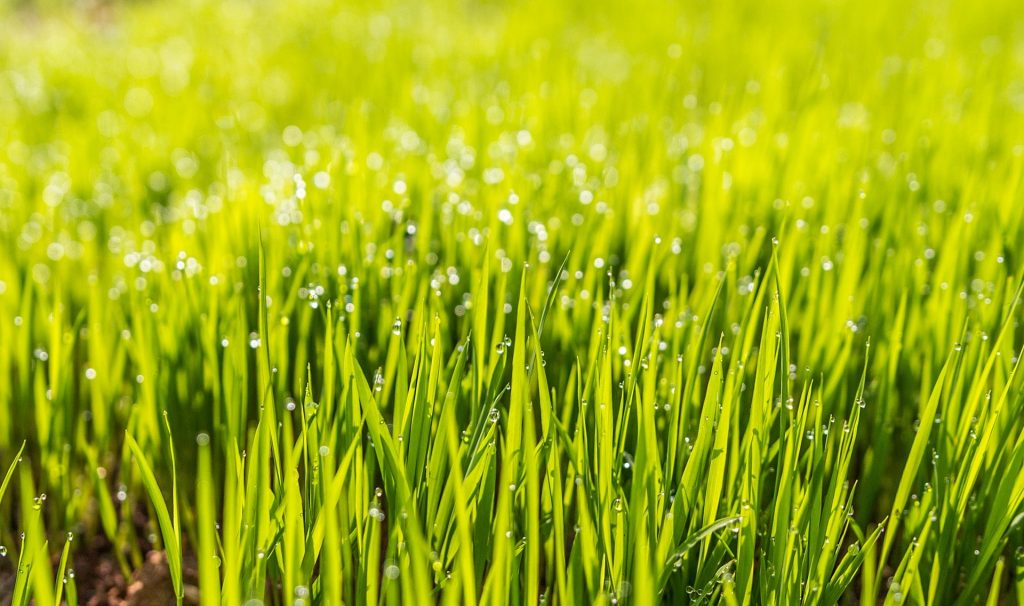
So far we have assumed that you have normal soil (also known as loam type soil). This is your regular rich, brown soil that does not slip through the hands easily and does not dry out too much in summer.
If you have loam type soil, then you just need to consider your climate to see which types of grass will grow quickest.
However, if you have sandy or heavy clay soil, then you will also need to consider this when choosing a fast growing lawn seed.
Note: for the two categories below we’ve assumed you’re in the UK and have a reasonably cool climate.
Fastest growing grass seed in sandy soil
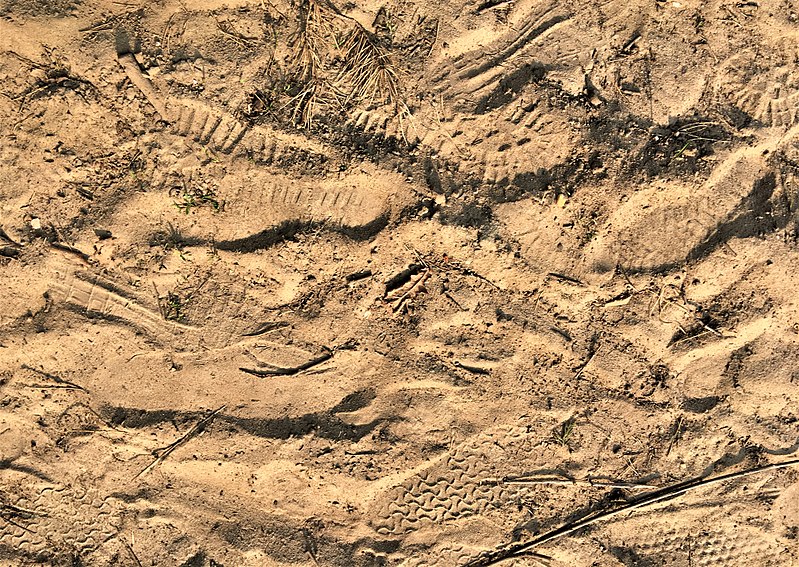
Sandy soil is most common in coastal areas. When dry, it slips through the fingers quite easily, sort of similar to sand at the beach.
The issue with sandy soil is it’s very drought-prone. Even if you live in a quite wet climate, sandy soil won’t retain its moisture as well as loam soil.
Another problem with sandy soil is its low nutrient content. These types of soils don’t provide a lot for grass to feed on, meaning you’ll need to use a very tough type of seed.
This is why fastest growing grass in sandy soil is normally Fescue – such as Sheep Fescue or Chewings Fescue. Fescue grasses perform well in dry, low-nutrient conditions, which is why they do well in sandy soils.
Fastest growing grass seed in clay soil
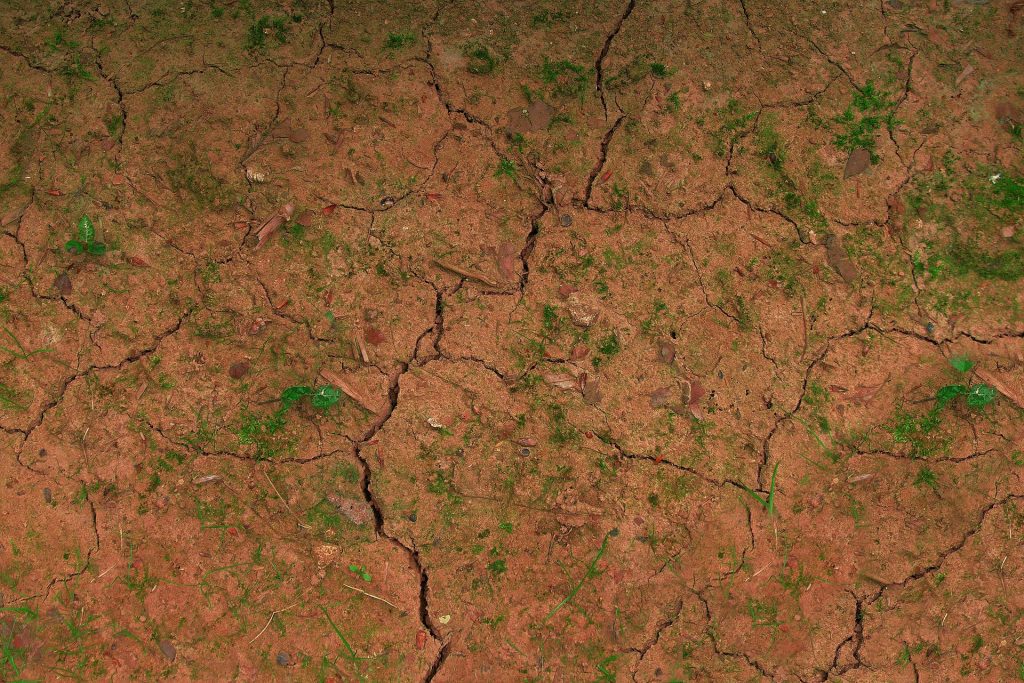
Clay soils are almost the exact opposite of sandy soils. They have a lot of nutrients, and retain moisture if they get wet, meaning they stay wet and cold in winter.
However, clay soils are also prone to drying up in summer. This can even result in the ground splitting and cracking after a period of extremely dry weather.
Tall Fescue grass will grow fastest in clay soil. Similar to with sandy soils, hardy types of grass will grow best, as they can do well even despite a lack of nutrients and the possibility of soil drying out in the summer.

I’m Josh, and I’m the head writer at Lawn Care Pro.
I love everything lawns, but I’m a bit of a lawn mower nerd. I spend a lot of my free time tinkering with mowers, and planning my mowing schedule for the next few weeks.
I’m also into cars, which comes in very helpful when servicing a mower engine!

